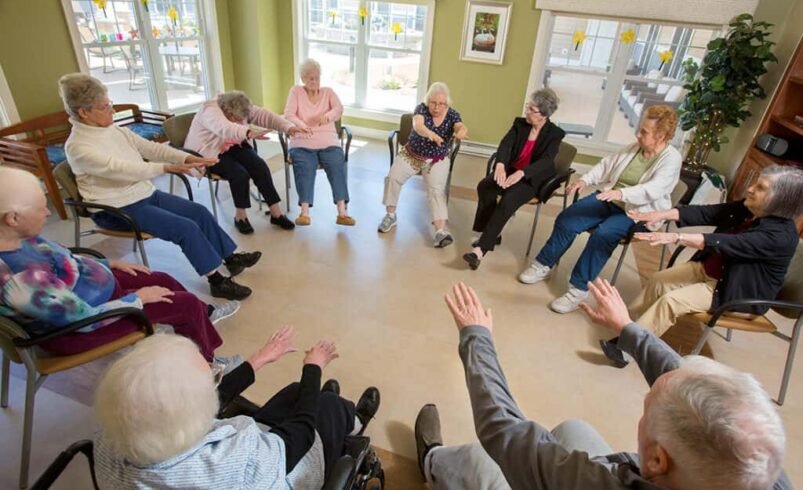Finding the Best Senior Living Community: A Family’s Guide

Making the decision to move a loved one into a senior living community is never easy. It’s a significant life transition that requires careful thought, research, and compassion. This guide aims to help families navigate this challenging process with confidence.
Understanding Your Loved One’s Needs
Before beginning your search, it’s important to take time to assess what your loved one truly needs. Consider their current health status and how it might change in the coming years. Think about their daily routines, social preferences, how much help with daily living they need, and the level of independence they wish to maintain.
Ask yourself these important questions:
- Does your loved one need assistance with daily activities like bathing or medication management?
- Do they have memory issues that require specialized care?
- How important are social interaction and planned activities for their well-being?
- What medical services might they need access to regularly?
Types of Senior Living Communities
Senior living communities come in various forms, each designed to meet different needs and preferences.
Independent Living communities are perfect for active seniors who can live on their own but appreciate convenience, community, and security. These communities typically offer maintenance-free living with amenities like dining services, housekeeping, and transportation.
Assisted Living facilities provide additional support with daily activities while still promoting independence. Staff is available 24/7 to help with medications, personal care, and mobility.
Memory Care units are specialized environments designed for those with Alzheimer’s or other forms of dementia. They offer enhanced security features and staff trained in memory care techniques.
Continuing Care Retirement Communities (CCRCs) offer a full spectrum of care options on one campus. This allows residents to transition between levels of care as their needs change without moving to a different facility.
Location Considerations
Think beyond just proximity to family. Consider the surrounding neighborhood, local amenities, and accessibility to healthcare facilities. Visit at different times of day to get a feel for the area. Is it peaceful? Safe? Conveniently located?
Evaluating Facilities
When touring potential communities, use all your senses. Notice how the facility looks, smells, and sounds. Pay attention to the residents. Do they seem engaged and happy? Watch how staff interact with them.
Financial Considerations
Understanding the financial aspects is crucial. Most communities have a fee structure that includes:
- Entrance or move-in fees
- Monthly service fees
- Additional charges for specialized services
Ask about pricing increases over time and what happens if your loved one’s financial situation changes. Investigate what insurance, Medicare, or Medicaid might cover.
Making the Decision Together
Include your loved one in this process as much as possible. Their comfort and preferences matter tremendously. Schedule multiple visits and, if possible, arrange for a trial stay before making a final decision.
The Transition Period
Once you’ve selected a community, prepare for an adjustment period. Moving is stressful at any age, but it is especially so for seniors leaving a long-time home. Stay involved during this transition. Visit regularly. Get to know the staff and other residents.
Remember that finding the right senior living community is a journey, not a race. Take your time, ask questions, and trust your instincts. With careful planning and open communication, you can find a place where your loved one will feel safe, comfortable, and valued during this important chapter of their life.





